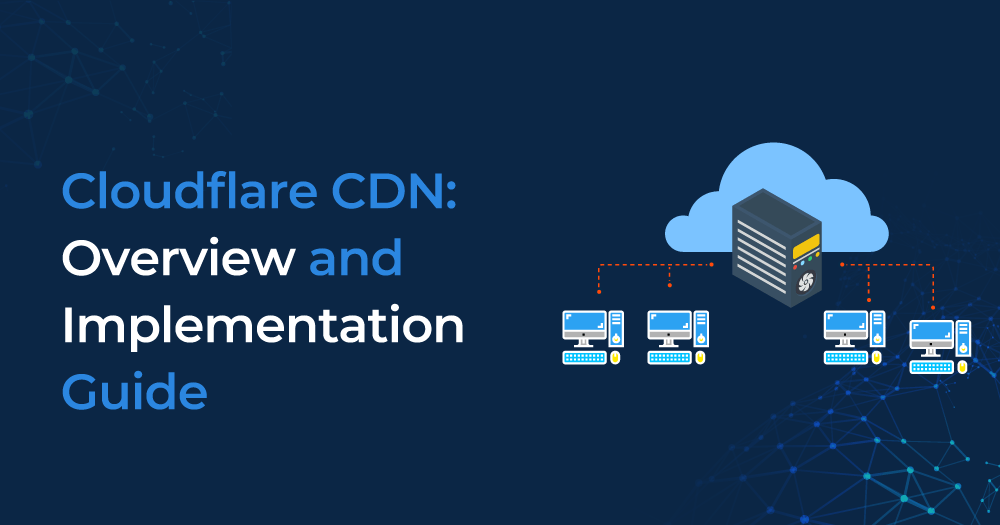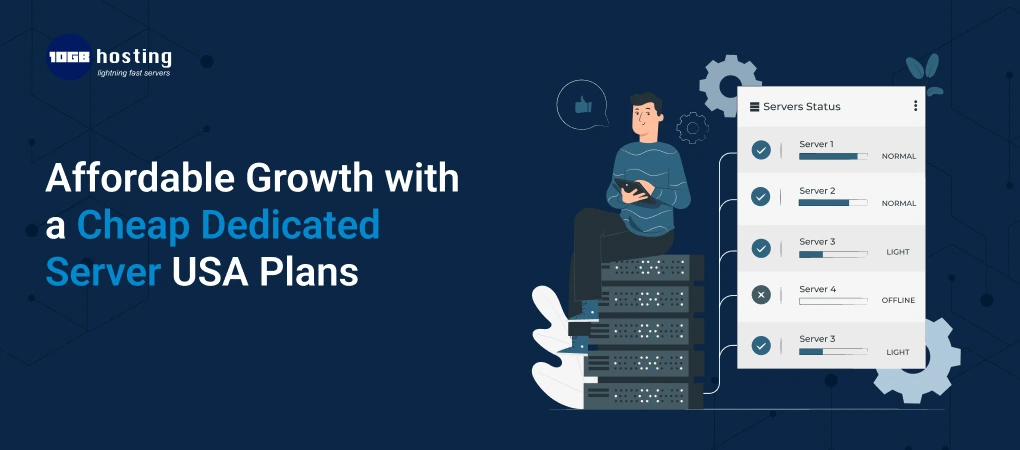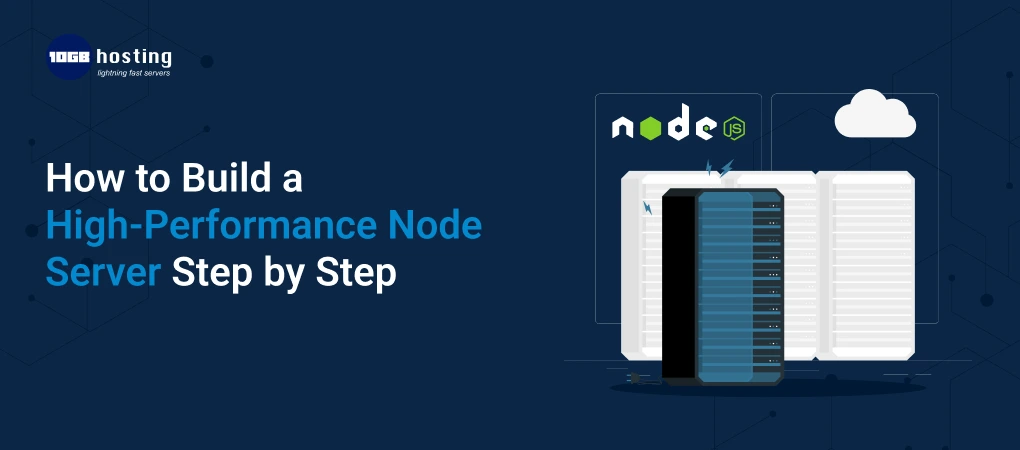In today’s digital landscape, the performance and security of websites are critical factors that can significantly impact user experience and business success. Cloudflare, a leading provider of internet security and performance solutions, offers a robust Content Delivery Network (CDN) designed to enhance website speed, reliability, and security on a global scale. This comprehensive guide explores the fundamentals of Cloudflare CDN, its benefits, and provides a detailed roadmap for implementing this technology effectively.
Table of Contents
Understanding Cloudflare CDN
Cloudflare CDN operates through a strategically distributed network of servers across various geographical locations worldwide. These servers cache static website content—such as images, CSS files, and scripts—closer to end-users. When a user requests content from a website utilizing Cloudflare CDN, the content is delivered from the nearest server rather than the origin server. This proximity reduces latency, accelerates page load times, and optimizes overall website performance regardless of the user’s location.
Benefits of Cloudflare CDN
Implementing Cloudflare CDN offers several key benefits for businesses:
- Enhanced Website Speed: By caching content closer to end-users, Cloudflare CDN minimizes data travel distance, resulting in faster content delivery and improved user experience.
- Improved Website Reliability: Cloudflare’s global network infrastructure enhances website reliability by mitigating the impact of traffic spikes and server failures. The CDN intelligently distributes traffic across its network, ensuring high availability and uptime.
- Advanced Security Features: Cloudflare CDN includes built-in security features such as DDoS protection, Web Application Firewall (WAF), and SSL/TLS encryption. These features safeguard websites from various online threats, including malicious attacks, ensuring data security and user privacy.
- Cost Efficiency: Offloading bandwidth-intensive content to Cloudflare’s servers reduces load on origin servers, potentially lowering hosting costs while maintaining high website performance.
Implementing Cloudflare CDN: A Step-by-Step Guide
Step 1: Sign Up and Account Setup
Begin by signing up for a Cloudflare account on their website. The registration process requires providing an email address and setting a password. After registration, add your website to Cloudflare by entering the domain name. Cloudflare will prompt you to scan existing DNS records associated with your domain.
Step 2: DNS Configuration
Cloudflare will provide new DNS nameservers for your domain. Update your domain’s nameservers at your domain registrar with the nameservers provided by Cloudflare. DNS changes typically take up to 24 hours to propagate globally, during which time Cloudflare begins optimizing DNS resolution for your domain.
Step 3: Customizing CDN Settings
- Performance Optimization: Configure caching settings to control how Cloudflare caches your website’s content. Settings include determining which content types to cache (e.g., static assets like images, CSS, JavaScript), setting cache expiration times, and enabling HTTP/2 for enhanced protocol efficiency.
- Security Configuration: Activate SSL/TLS encryption (Flexible, Full, or Full Strict modes) to secure data transmitted between users and your website. Enable Always Use HTTPS to enforce secure connections for all visitors. Set up Firewall Rules to protect against malicious traffic, leveraging Cloudflare’s threat intelligence to create custom rules tailored to your website’s security needs.
Step 4: Testing and Monitoring
- Performance Testing: Measure the impact of Cloudflare CDN on your website’s speed and performance using tools like Google PageSpeed Insights or WebPageTest. Conduct before-and-after comparisons to assess improvements in page load times and overall user experience.
- Monitoring and Analytics: Utilize Cloudflare’s analytics dashboard to monitor website traffic patterns, bandwidth usage, and security threats in real-time. Gain insights into how visitors interact with your website and identify opportunities for further optimization. Customize analytics reports to track key performance indicators (KPIs) and measure the effectiveness of CDN implementation.
Step 5: Ongoing Optimization and Maintenance
Regularly review and optimize Cloudflare settings based on website analytics and performance metrics. Stay informed about Cloudflare’s latest features, updates, and security enhancements through their blog and support resources. Continuously refine your CDN configuration to adapt to changing traffic patterns, new content updates, and evolving security threats.
Conclusion
Cloudflare CDN represents a transformative solution for businesses seeking to enhance website performance, security, and scalability. By leveraging Cloudflare’s global infrastructure and comprehensive feature set, businesses can deliver faster, more reliable, and secure online experiences to users worldwide. The implementation of Cloudflare CDN not only improves website speed and reliability but also strengthens overall cybersecurity posture against emerging threats.
In summary, integrating Cloudflare CDN into your web infrastructure empowers businesses to optimize performance, reduce costs, and enhance user satisfaction. Start your journey with Cloudflare today to unlock the full potential of your website’s performance and security capabilities.



